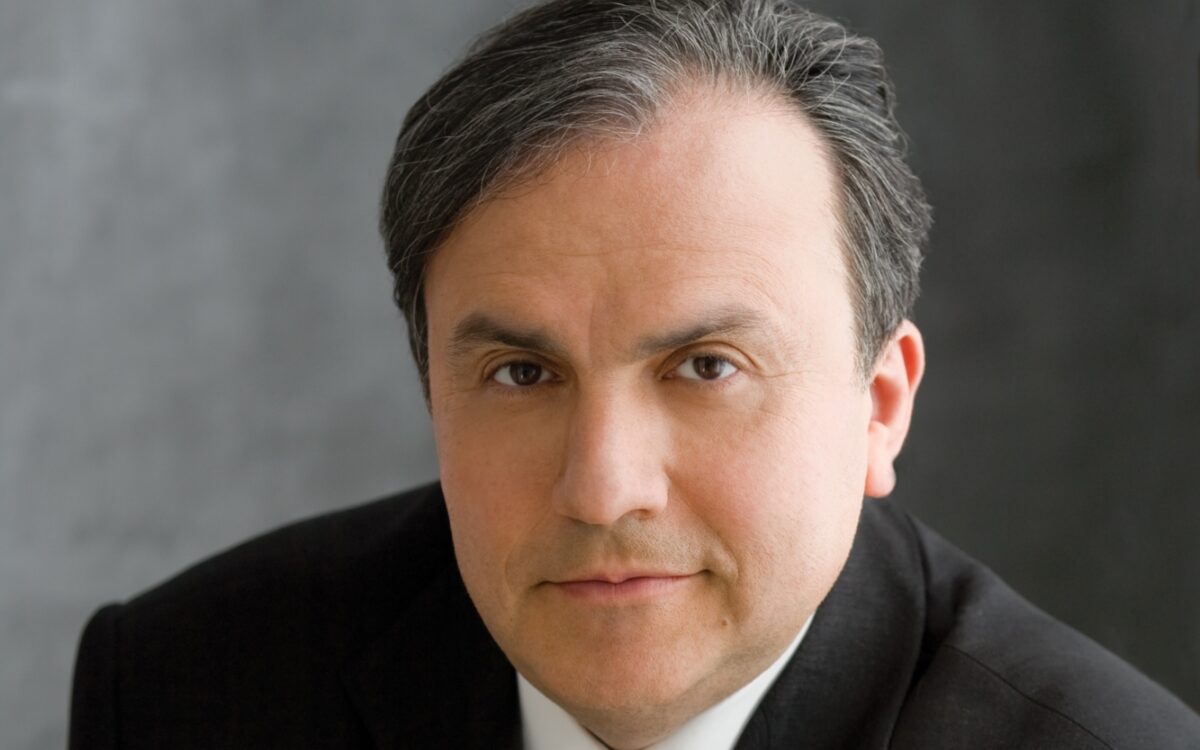The Origin of Fire for baritone, male chorus, and orchestra, Opus 32
Composition and premiere: Sibelius wrote The Origin of Fire in 1902; it was premiered at the opening of the Finnish National Theater in Helsinki (Helsingfors), Finland, on April 9 of that year, the composer leading a 350-voice men’s chorus along with the Helsinki Philharmonic Orchestra. First BSO performances: Serge Koussevitzky led the first BSO performances of the piece on December 31, 1937, and January 1 and 6, 1938, at Symphony Hall with baritone soloist Helge Virkkunen and the men of the Helsinki University Chorus. First Tanglewood performance: July 26, 2024, BSO, Andris Nelsons conducting, with baritone soloist Will Liverman and the Tanglewood Festival Chorus, James Burton, conductor.
Like many other Finns of his social station, as a child Jean Sibelius spoke Swedish as his first language. Finland was part of the Swedish Empire for centuries until 1809, when, after several Russian invasions over many years, Sweden finally ceded the territory to Czar Alexander I. Finland was a grand duchy controlled by Russia until after World War I, when Finland declared its sovereignty during the turmoil of the Russian revolutions.
Jean Sibelius and his music played a powerful part in earning that hard-won sovereignty. He was one of many within Finland at the close of the 19th century who understood that celebrating Finnish culture through its language, history, music, and folkways would help build the foundation for a nation distinct from its political fortunes. Sibelius researched Finnish traditional music, incorporating some of its flavors into his own work, and most significantly delved into the “Finnish national epic,” the Kalevala, a collection of orally transmitted folk cosmology and legend compiled and written primarily by Elias Lönnrot in the mid-1800s. Although he experienced it as a second tongue, Sibelius was essentially fluent in Finnish as a literary language by his teens. It was while studying music in Germany on a scholarship that, partly under the influence of his fiancée, Aino Järnefelt, he became powerfully interested in the poetic rhythms of the Finnish language via the Kalevala, which also provided the subject matter for his first truly successful works.
Sibelius launched himself into the project of creating his own Finnish music with astounding ambition, planning out a five-movement, 75-minute suite for soprano, baritone, men’s chorus, and orchestra based on the Kalevala saga of Kullervo, a difficult and violent antihero. The April 1892 premiere of Kullervo in Helsinki was an immense success, which he followed immediately with the purely orchestral En Saga and the Lemminkäinen Suite, which included one of his most popular works, The Swan of Tuonela. The Kalevala and adjacent subjects remained source and touchstone for Sibelius for the rest of his life; his last major work, the tone poem Tapiola, draws from the same well.
Beyond the artistic fulfillment that Sibelius sought in his Kalevala pieces, they conveyed to a broad public the idea of foundational Finnish culture in parallel with the country’s movement toward political self-realization. In 1899 Sibelius wrote his ostentatiously patriotic Finlandia as part of a broader protest against increasing Russian censorship; it was performed under various red-herring titles to escape Russian scrutiny and went on to become a kind of alternative Finnish national anthem.
The Origin of Fire, while not so deliberately patriotic as Finlandia, was evidently also meant to elevate Finnish national feeling. It was written for the opening of the new home, in Helsinki, of the Finnish National Theater, the first Finnish-language theater company in Finland. Following the April 1902 premiere, Sibelius repeated it in the regular concert series of the Helsinki Philharmonic on the same program as the premiere of his Violin Concerto. The text, once again, is from the Kalevala, a passage depicting the god Ukko’s re-creation of fire following the goddess Louhi’s theft of the sun, moon, and fire. The connection to the Greek myth of Prometheus (among many parallels with the Kalevala throughout that canon), referenced by Scriabin in Prometheus: Poem of Fire also on this program, is clear.
Ukko’s fire, which he kindles by striking it from his sword with a fingernail, is personified as an infant that Ukko entrusts to a virgin of the heavens, from whom it escapes. The imagery of this part of the text is ripe for musical depiction. The lugubrious opening seems to illustrate Ukko’s weariness of the darkness of the heavens; low woodwinds accompany the baritone’s first words. The orchestral colors start to lighten, the tempo increases, and the low-voice chorus enters dramatically as Ukko strikes sparks to kindle the flame. The powerfully traditional choral writing carries the piece to the end, as the escaped fire shoots across the heavens.
In part because of the performing forces required for a piece this brief, The Origin of Fire is less familiar than many of Sibelius’s other Kalevala-based works. It’s a wonderful example of his approach to the material, combining harmonic and orchestral sophistication with music tied closely to Finnish performance traditions to illustrate, with great nuance, a few lines and a single dramatic moment within the Kalevala’s sprawling cosmology.
Composer and writer Robert Kirzinger is the Boston Symphony Orchestra’s Director of Program Publications.

